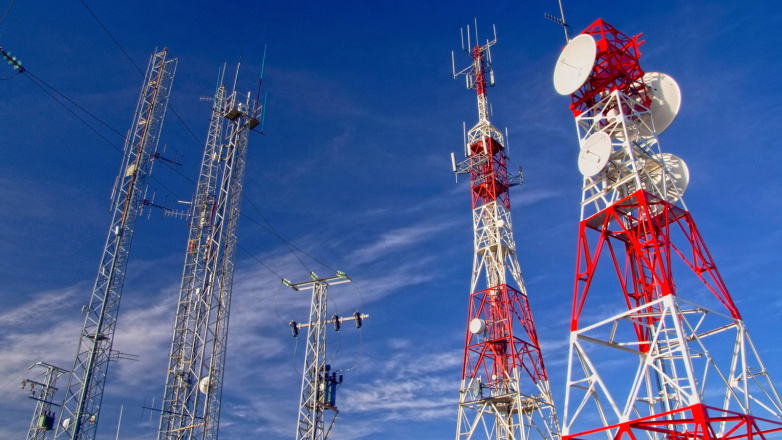Are usually safest distance from a 5G cell Structure?

If you've ever been through a town, you may have seen tiny cell towers for 5G on the poles of street lights. They look like little boxes, but they're actually broadcasting wireless signals from cell phone providers to your phone.
The smaller ones are being replaced by the larger, purpose-built cell towers. While they're not as noticeable, they still can cause problems for people.
The of the FCC's Radiation Exposure Thresholds
The FCC's Radiation Exposure Thresholds define the safe limit at which one can expose to electromagnetic energy generated by wireless devices. The limits for exposure are based on research that prove that electromagnetic energy could be harmful to health.
The rate of absorption called the specific absorption rate (SAR) is an indication of the radiofrequency energy that is absorption by tissues. It is typically 1.6 milliwatts per kilogram calculated over one Gram of tissue.
But, since 5g operates at higher frequencies and has the potential to increase the intensity of energy on the skin as well as other body parts. This could lead to various possible harms, such as an increase in development of skin diseases such as dermatitis, cataracts, and skin cancer.
Due to the potential for harmful effects of radiation from 5G, PSU has chosen to establish a general, localized power density limit of 4 mW/cm2 measured across 1 centimeter, but not exceeding 30 minutes for all 5G services running at 3000 GHz. This limit for localization is in line with the peak spatial-average SAR of 1.6 W/kg, which is averaged over 1 grams of tissues at six GHz.
The FCC's Maximum Exposure Thresholds for Maximum Exposure
If you've ever used a mobile phone, you're probably aware that a safe distance from the tower is around 400 meters away. This is due to the power of transmission from cell towers increases drastically the further you are from it.
While it sounds like something that's good however, people who live close to towers could be more prone to health problems. For example, a study from 2014 in India discovered that people who lived within 50m of cell towers had significant more health issues than those who lived farther far from antennas.

This study found that people who moved into areas farther away from cell towers experienced their symptoms return to normal within a couple of days. Studies have also revealed that exposure to high amounts of electromagnetic field radiofrequency (EMFs) can lead to brain tumors, cancers as well as other health issues.
This is because RF radiation, which is used in wireless communications, may be absorbed by the body's outer layer, the skin. This is important to understand since the skin serves as a barrier to protect against injury to the body, infection by pathogenic microorganisms, and entry of toxic substances. https://clapp-pritchard.thoughtlanes.net/what-is-the-safest-distance-from-a-5g-cell-tower-system-1682548485 is also the largest organ of the human body and is responsible for maintaining the integrity of other organs.
The FCC's Minimum Exposure Thresholds
The FCC's Minimum Exposure Thresholds rely on numerous assumptions that are not supported by scientific research. They include the false belief that exposures of a short duration to RF radiation are safe because of the minimal absorption into body (i.e. thermal heating of tissue).
The assumption is also ignoring the more extensive penetration of ELF parts of modulated RF signals as well as the effect of brief bursts of heat caused by RF pulses. These theories are not compatible with the current understanding of biological consequences of RF radiation. Therefore, they should not be used for health protective exposure guidelines.
In addition to that, ICNIRP and FCC are limiting their maximum limit of exposure to the local SARs, based on the peak speed of spatial absorption (psSAR), which can be described as an inadequate dosimetric tool for determining the level of radiation exposure. In particular it is inconclusive when frequencies exceed 6 GHz. Furthermore, psSAR has not been evaluated for what is a safe distance from a 5g cell tower with co-exposure to other agents of the environment such as sunlight. Interactions of RF radiations with different environmental agents may cause synergistic or antagonistic effects. safe distance to live from cell phone tower can lead to an increased risk of adverse health consequences. For example, co-exposure to RF radiation and sunlight could raise the chance of skin cancer and exacerbate other skin conditions like acne.
